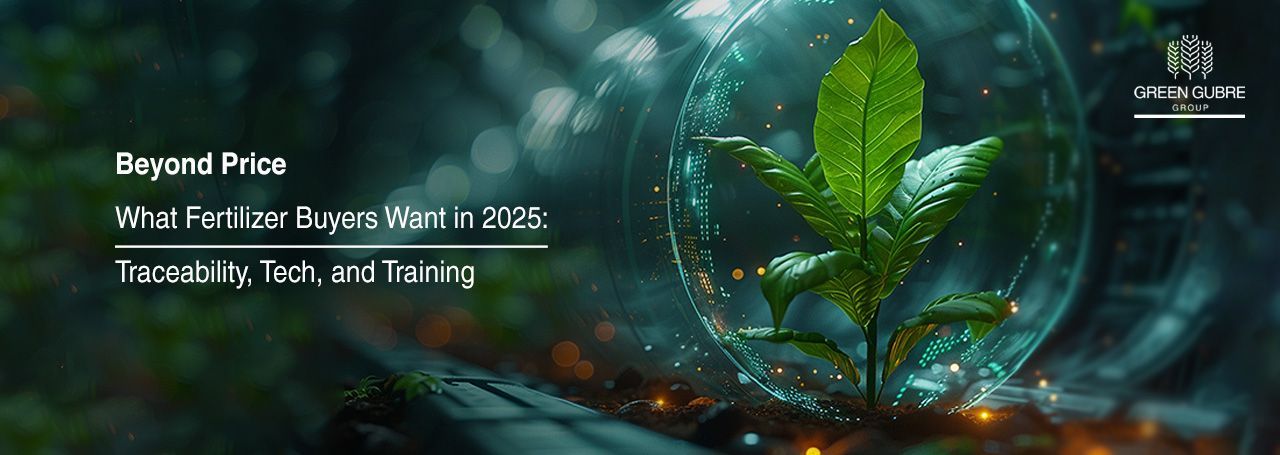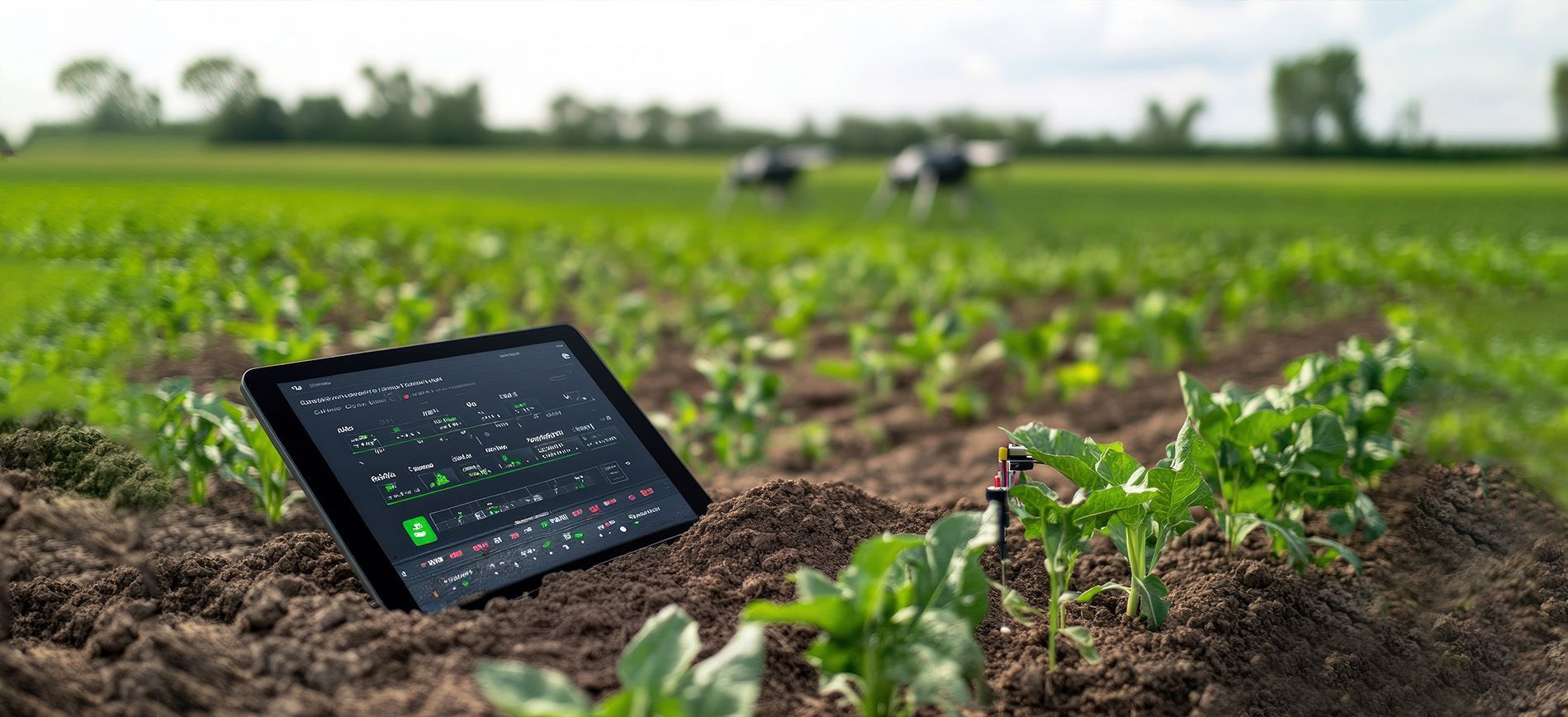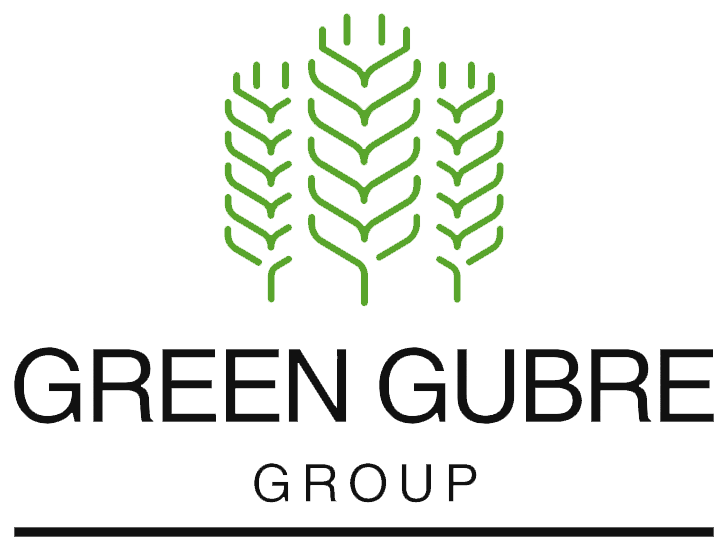Beyond Price – What Fertilizer Buyers Want in 2025: Traceability, Tech, and Training
Beyond Price – What Fertilizer Buyers Want in 2025: Traceability, Tech, and Training

Introduction: A New Era of Fertilizer Procurement
In 2025, the global fertilizer market will no longer be driven solely by price. Buyers, especially in emerging markets, are shifting expectations toward value-added services, traceability, sustainability, and technical support. As climate pressures intensify and farm inputs are scrutinized, the fertilizer procurement process will evolve from transactional to strategic.
This blog explores how supplier expectations are changing across Africa, Asia, and Latin America, and why companies offering data transparency, agronomic support, and integrated platforms will gain the competitive edge.
1. The New Buyer Checklist – What Matters More Than Price
Today’s institutional and commercial fertilizer buyers are asking for more than cost-per-ton. Their procurement priorities increasingly include:
- Traceability: Origin, carbon footprint, transport routes, and production inputs.
- Digital Integration: Inventory tracking, order monitoring, and carbon reporting tools.
- Training and Extension: Agronomic support, application guidelines, and soil data integration.
- Sustainability Certification: ESG compliance, low-carbon fertilizer (e.g., green ammonia or nano-urea).
After-Sales Services: Demo plots, remote support, localized product information.
Example:
Governments and NGOs in Kenya and Ghana now mandate training materials and soil compatibility sheets in fertilizer contracts.
2. Traceability Tools – From Factory to Farm
Traceability is no longer optional—it’s a market requirement. Buyers expect clarity on:
- Production Location: Country of origin, energy sources, and emissions.
- Product Handling: Packaging conditions, humidity exposure, and shelf life.
- Logistics Chain: Port of loading, freight provider, inland movement, and delivery points.
Top Technologies:
- Blockchain: Used in West Africa for subsidy voucher tracking and product authentication.
- QR Codes: Scannable information on product specs, application guides, and lot history.
- Satellite & GPS: Live monitoring of shipments for time-sensitive deliveries.
Tip for Suppliers:
To strengthen buyer trust, every shipment should include a digital Certificate of Origin (CoO) and a basic emissions report.
3. Technical Support and Agronomic Advisory – A Winning Add-On
With rising costs and climate variability, buyers increasingly seek fertilizer suppliers who educate and sell.
High-demand services include:
- Soil Test Interpretation: Helping buyers match products to crop/soil needs.
- Customized Fertilizer Plans: Based on nutrient deficits or cropping cycles.
- Remote or On-Site Training: Agronomist-led sessions or mobile-based tutorials.
- Application Optimization: Best timing, dosages, and co-fertilization techniques.
Case in Point:
In Uganda, a large grain cooperative chose a supplier offering bundled fertilizer and farmer training over a cheaper competitor.
4. Platform Integration – The Rise of Fertilizer-as-a-Service
Buyers now expect more than a warehouse—they expect a platform. Suppliers who digitize their services stand out with:
- B2B Order Portals: Live pricing, contract downloads, order history.
- Mobile Apps for Distributors: Stock levels, customer support, and localized language access.
- API Connections: Integrate with buyer ERP systems for automated invoicing and fulfillment.
- Carbon Footprint Dashboards: Support ESG audits for institutional clients.
Emerging Trend:
Some fertilizer companies now provide access to satellite-driven crop monitoring platforms as part of their service.
5. Buyers Are Willing to Pay More for the Right Value
A new market norm: Price sensitivity is still high, but not at the cost of efficiency or compliance.
- Distributors are willing to pay a 5–10% premium for products with verified traceability.
- NGOs prefer vendors who meet agronomic and logistical KPIs, not just the lowest price.
- Governments seek partners that help meet national goals (e.g., food security, climate adaptation).
Key Insight:
The market rewards suppliers who act as partners, not just sellers.
Conclusion: Competing on Service, Not Just Price
In 2025, fertilizer buyers—especially in Africa, India, China, and Southeast Asia—are redefining procurement standards. Price remains essential, but trust, data, and support matter more.
Fertilizer companies that combine traceable supply chains, technical support, digital services, and sustainability readiness will win contracts and long-term relationships.




